MARKET SNAPSHOT
Supply and demand dynamics are becoming more balanced as the under construction inventory has declined by 50% year-over-year and is projected to decrease further in 2025, driven by a 66% reduction in construction starts last year.
The sharp decline in construction activity is expected to lead to net absorption surpassing deliveries for the first time since 2021, with demand outpacing supply by over 50% in the coming year. This shift is anticipated to significantly strengthen market fundamentals.
Des Moines' average occupancy rate is forecast to remain relatively stable through 2025 before experiencing more substantial gains in 2026. Meanwhile, rent growth is projected to accelerate starting in early to mid-2025, reaching 2.8% annually by year-end, reflecting improved market conditions.
After one of the most active construction periods in the past decade, Des Moines’ multifamily market is now experiencing a sharp decline in construction activity as developers contend with rising financing and construction costs despite strong demand for new inventory. Construction levels, which peaked at over 3,900 units in early 2023, fell to just 1,291 units under construction in the first quarter of 2025. This figure is significantly below the market’s historical average of approximately 2,675 units under construction per quarter over the past decade and represents 2.1% of the market’s existing inventory—well below the national benchmark of 3.4%.
New supply over the last decade has been heavily concentrated in higher-end luxury inventory, which accounted for nearly two-thirds of all deliveries during this period. This trend persisted over the past year, with the luxury segment comprising 1,200 of the 1,800 units delivered. However, this segment has been hit hardest by rising project costs and slower lease-up rates, with only around 500 luxury units currently under construction.
The South/East Des Moines submarket, including key areas such as downtown Des Moines and Altoona, has received the majority of this higher-end inventory in recent years. In 2025, this submarket is expected to account for just over a third of new deliveries, surpassed only by West Des Moines/Urbandale, which is projected to capture 40% of the year’s completions.
Driven by the region’s strong population growth, demand for new supply has historically been robust, resulting in rapid lease-up periods for new developments. In the coming year, net absorption is projected to exceed deliveries for the first time since 2021, with demand surpassing new completions by over 50%. This marks a significant improvement in supply and demand dynamics, highlighting the market’s ability to adapt to the slowdown in new construction and leverage its relative affordability to attract renters.
The region’s rapidly growing population and strengthening fundamentals will play a critical role in stabilizing occupancy rates. These factors are expected to offset the pressures caused by recent elevated vacancy rates tied to the surge in supply from previous years. As a result, the average occupancy rate is forecast to remain relatively stable in 2025, setting the stage for improvement in subsequent years. This stability, coupled with strong demand, positions the market for healthier occupancy trends and sustained growth over the long term.
Des Moines remains an affordable market by national standards, with average rents at $1,130 per month compared to a median household income of $85,000. Even in Dallas County, the market’s most expensive submarket, average rents are approximately $1,330 per month, well below the national average of around $1,700 per month.
Annual rent growth, currently at 1.0%, has softened in recent quarters, but improving market fundamentals position Des Moines for stronger rent growth in the near future. A sharp decline in under construction inventory, mirrored by a significant drop in construction starts, will result in substantially reduced new competition. At the same time, net absorption is forecast to increase by 75% in 2025. These dynamics are anticipated to drive steady rent growth throughout the year, with average annual rent growth projected to reach 2.8% by year-end.
12-month period ending November 2024
| Income Assumptions | Value / Unit | Year Change (%) |
|---|---|---|
| Occupancy (%) | 94.00% | 0.3% |
| Rental Income / Occupied Unit | $1,124.40 | 3.4% |
| Recoverable Expenses / Occupied Unit | $54.59 | 9.3% |
| Other Income / Occupied Unit | $87.24 | 8.1% |
| Total Income / Occupied Unit | $1,266.22 | 4.0% |
| Operating Income | ||
| Rental Income | $1,055.60 | 3.6% |
| Recoverable Expenses | $51.24 | 9.6% |
| Other Income | $81.89 | 8.4% |
| Total Income | $1,188.73 | 4.2% |
| Operating Expenses | Value / Unit | Year Change (%) |
|---|---|---|
| Payroll | $109.41 | 1.8% |
| Marketing & Advertising | $17.37 | -1.4% |
| Repairs & Maintenance | $122.67 | 0.6% |
| Administrative | $43.59 | 4.1% |
| Management Fees | $54.70 | -1.3% |
| Utilities | $70.39 | -1.6% |
| Real Estate & Other Taxes | $138.67 | -0.3% |
| Insurance | $45.56 | 12.5% |
| Other Operating Expensees | $0.77 | |
| Total Operating Expense | $603.13 | 1.2% |
| Net Operating Income | $585.60 | 7.6% |
The Des Moines multifamily market is poised for stabilization and growth in 2025, driven by a rapidly shrinking construction pipeline and strong renter demand. Construction activity has dropped significantly, with construction starts declining 66% year-over-year to 635 units. This is well below the market’s historical average and, as a result, new deliveries are expected to fall sharply in 2025. These trends are anticipated to alleviate competitive pressures, leading to a more balanced supply-and-demand dynamic that will support market stabilization.
Net absorption is forecast to surge in 2025, exceeding deliveries by over 50%, marking the first time since 2021 that demand has outpaced new supply. This improvement in fundamentals will help stabilize occupancy rates, which are projected to hold steady near 93.5% through the year before seeing more meaningful gains in 2026. Meanwhile, rent growth is set to accelerate as competition from new supply diminishes. Following softer growth in recent quarters, average annual rent growth is forecast to reach 2.8% by the end of 2025, supported by strong demand and reduced reliance on concessions.
Des Moines’ strong population growth and economic resilience remain key drivers for the market. The metro continues to attract new residents due to its affordability, job opportunities, and high quality of life, with its population projected to grow by 5.3% over the next five years—more than double the national average. This growth is bolstered by a thriving local economy anchored by sectors like insurance, logistics, and data centers, which have fueled steady job creation and housing demand.
Overall, Des Moines’ multifamily market is well-positioned for steady improvement as demand fundamentals strengthen and supply pressures ease. With its affordability, expanding economy, and growing population, the region offers a favorable environment for renters and a promising outlook for investors seeking stable returns in the near term.
Disclaimer: This multifamily forecast incorporates data from reputable third-party sources, including Costar, Yardi Matrix, the U.S. Census Bureau, the U.S. Bureau of Labor Statistics, and ESRI. While we make every effort to ensure accuracy, we cannot guarantee the reliability of the projections provided. Forecasts are inherently subject to change due to evolving market conditions, economic factors, and unforeseen events. We strongly encourage users to conduct independent due diligence and consult with an MMG Advisor before making any investment decisions based on this information.









